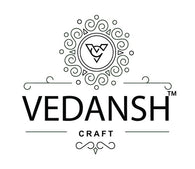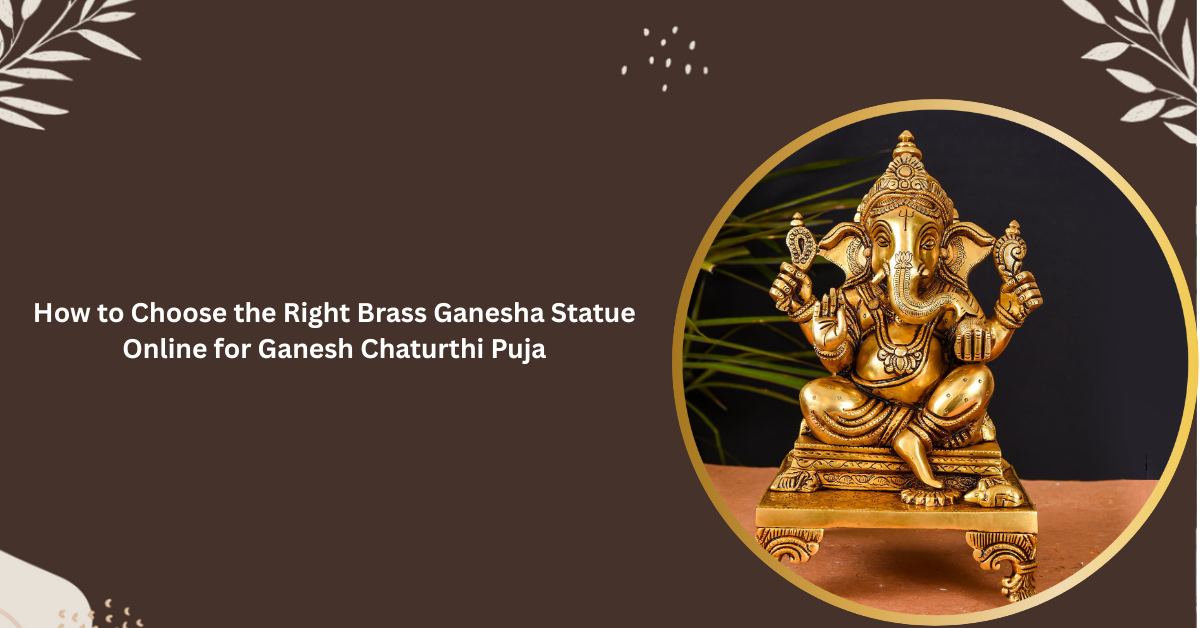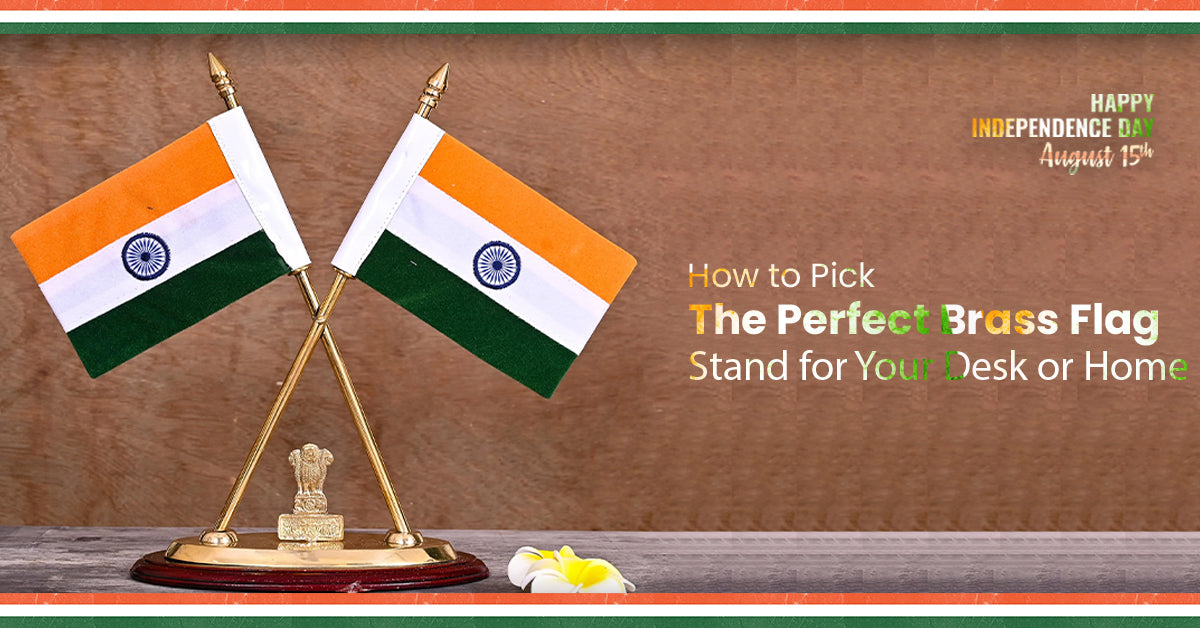

Bhande Kali Karalo (Tin Coating): Enhancing Durability with a Protective Layer
, by javed techqart, 7 min reading time
"Bhande Kali Karalo," also known as tin coating, is a process where a thin layer of tin is applied to the surface of another metal. It's like giving a protective shield to metal objects, making them stronger and more damage-resistant.
Tin coating plays a crucial role in making metal objects last longer. It helps prevent corrosion when metals rust and deteriorate due to exposure to moisture and air. Adding a tin layer makes objects more durable, lasting for years without losing their shine or strength.
What is Tin Coating?
Tin coating is a process where a thin layer of tin is applied to the surface of another metal, usually steel or iron. This layer of tin acts as a barrier, protecting the underlying metal from corrosion and other forms of damage. It's like putting on a raincoat to shield yourself from the rain – tin coating shields the metal from harm.
The tin coating has been used for centuries to protect metal objects from rust and deterioration. In ancient times, people discovered that covering metal with tin could help preserve it for more extended periods. Over time, different methods and techniques for tin coating have been developed, each aiming to improve the durability and longevity of metal objects.
Throughout history, tin coating has been a valuable practice, especially in maritime industries where exposure to seawater can quickly corrode metal objects. By understanding the historical context of tin coating, we can appreciate its significance in preserving valuable items and enhancing their lifespan.
Benefits of Tin Coating
A. Improved Corrosion Resistance
Tin coating provides excellent protection against corrosion, which is the process that makes metals rust and wears away over time. By adding a layer of tin, metal objects become more resistant to the harmful effects of moisture, air, and other corrosive elements in the environment. This means tin-coated items can maintain their appearance and structural integrity much more prolonged than untreated metals.
B. Enhanced Durability Against Wear and Tear
In addition to corrosion resistance, tin coating enhances the durability of metal objects. It acts as a shield, reducing the impact of everyday wear and tear that metal items may experience. Whether it's scratches, dents, or abrasions, tin-coated surfaces are better equipped to withstand these types of damage, ensuring that the objects remain functional and visually appealing for extended periods.
C. Protection Against Environmental Factors
Tin coating provides a barrier that protects metal objects from various environmental factors. This includes exposure to sunlight, humidity, temperature fluctuations, and pollutants in the air. By creating a protective layer, tin coating helps to minimize the effects of these external factors, preserving the original quality and appearance of the metal surface over time.
D. Resistance to Chemicals
The tin coating also offers resistance to certain chemicals, making it suitable for applications where metal objects may come into contact with corrosive substances. This feature adds versatility to tin-coated items, allowing them to be used in various industrial, commercial, and household settings without the risk of chemical damage.
E. Enhanced Aesthetic Appeal
Tin coating can enhance the aesthetic appeal of metal objects by giving them a shiny and smooth finish. This improves the overall appearance of the items and makes them more visually appealing to customers and users.
Applications of Bhande Kali Karalo
Tin coating finds extensive applications in the manufacturing industry, particularly in sectors where metal components require protection against corrosion and wear. It is commonly used to produce automotive parts, machinery, electrical components, and other metal products. By incorporating tin coating into the manufacturing process, companies can ensure the longevity and reliability of their products, ultimately reducing maintenance costs and enhancing customer satisfaction.
In households, the tin coating protects various metal items from deterioration. This includes kitchenware such as pots, pans, utensils, and decorative items like picture frames, candle holders, and metal sculptures. By applying tin coating to these objects, homeowners can prolong their lifespan, maintain their appearance, and prevent the development of rust or corrosion. Tin-coated household items are more durable and safer to use, as they are less likely to contaminate food or pose health hazards.
The Process of Bhande Kali Karalo
- Surface Preparation
The metal surface to be coated with tin undergoes thorough cleaning to remove dirt, grease, or impurities. This step is crucial to ensure proper adhesion of the tin layer.
- Application of Flux
A flux solution is applied to the cleaned metal surface. Flux helps remove oxides and contaminants from the metal, allowing the tin to adhere more effectively during the coating process.
- Tin Plating Bath
The metal object is immersed in a tin plating bath containing a solution of tin salts. An electric current is passed through the bath, causing tin ions to deposit onto the surface of the metal object.
- Electroplating
The tin coating can also be achieved through electroplating, where the metal object is the cathode, and a tin anode is used to supply tin ions. As the electric current flows, tin ions migrate to the metal object, forming a thin surface layer.
- Rinsing and Drying
After the tin coating process, the metal object is removed from the plating bath and thoroughly rinsed with water to remove any excess flux or plating solution. It is then dried to prevent water spots and ensure a smooth finish.
Materials and Tools Required for Tin Coating
- Tin Plating Solution
This solution contains tin salts dissolved in a suitable electrolyte, such as tin sulfate or tin chloride, and is essential for depositing tin onto the metal surface.
- Flux
Flux is a chemical agent used to clean the metal surface and facilitate the adhesion of the tin coating. Common flux compounds include ammonium chloride and hydrochloric acid.
- Plating Equipment
Electroplating setups typically consist of a plating bath, electrodes (anode and cathode), power supply, and control mechanisms for regulating current and temperature.
- Cleaning Supplies
Various cleaning agents, such as detergents, solvents, and abrasive materials, may be required to prepare the metal surface before the tin coating.
- Safety Gear
Personal protective equipment, including gloves, goggles, and aprons, should be worn to prevent chemical exposure and ensure safety during the tin coating process.
Use of Tin Coating for Increased Durability
The use of tin coating is highly recommended for enhancing the longevity and performance of metal items. In industrial manufacturing or household applications, tin coating provides a cost-effective and reliable solution for preserving metal objects and ensuring their continued functionality. By incorporating tin coating into production processes and maintenance routines, individuals and industries can enjoy the long-term benefits of durable and corrosion-resistant metal products.




